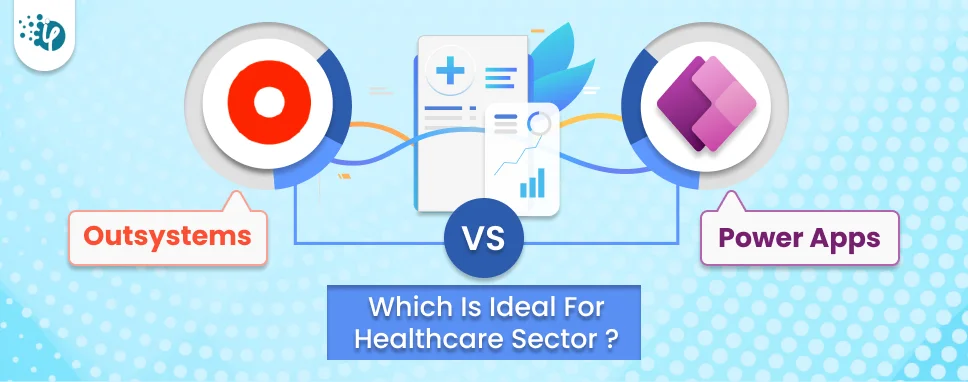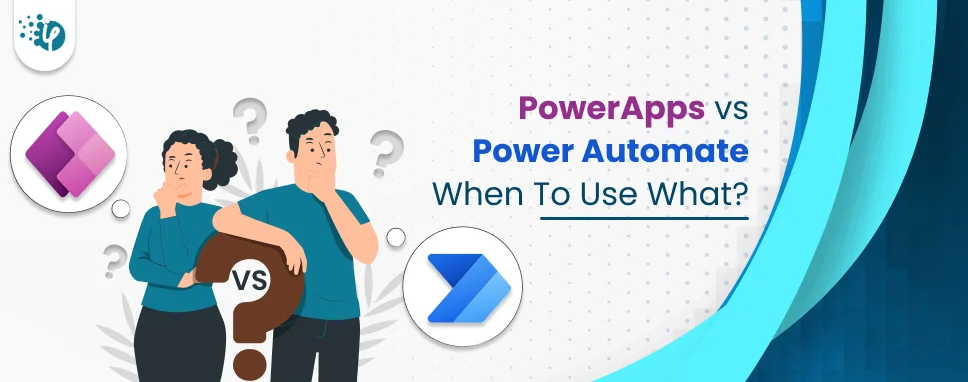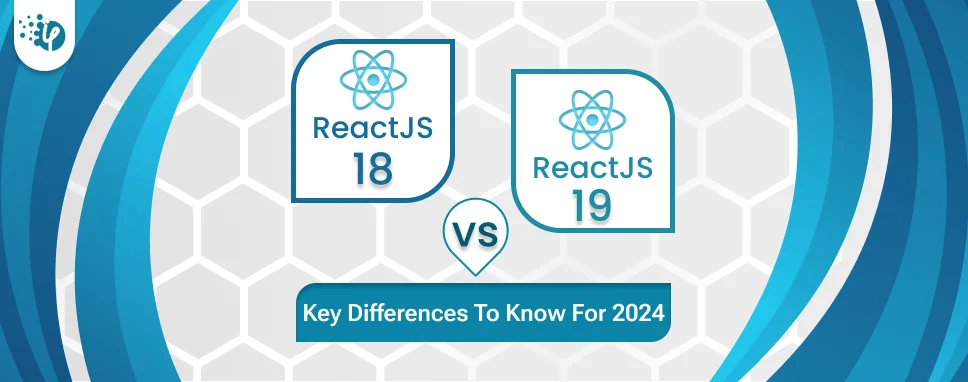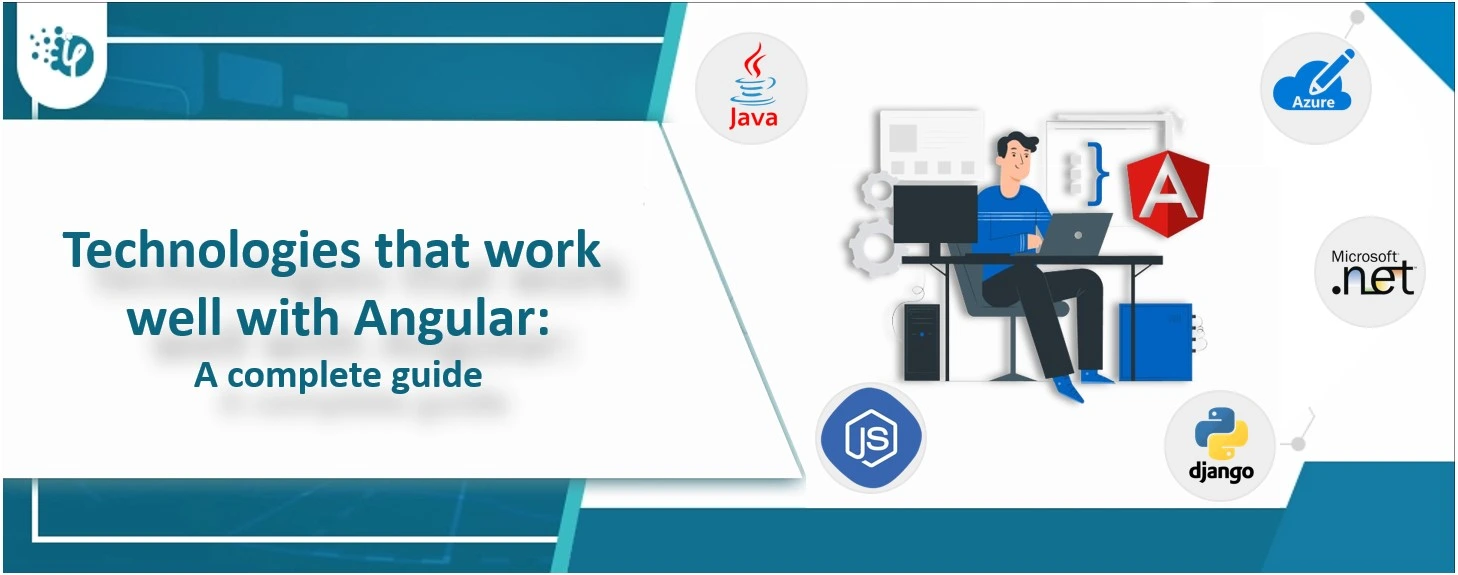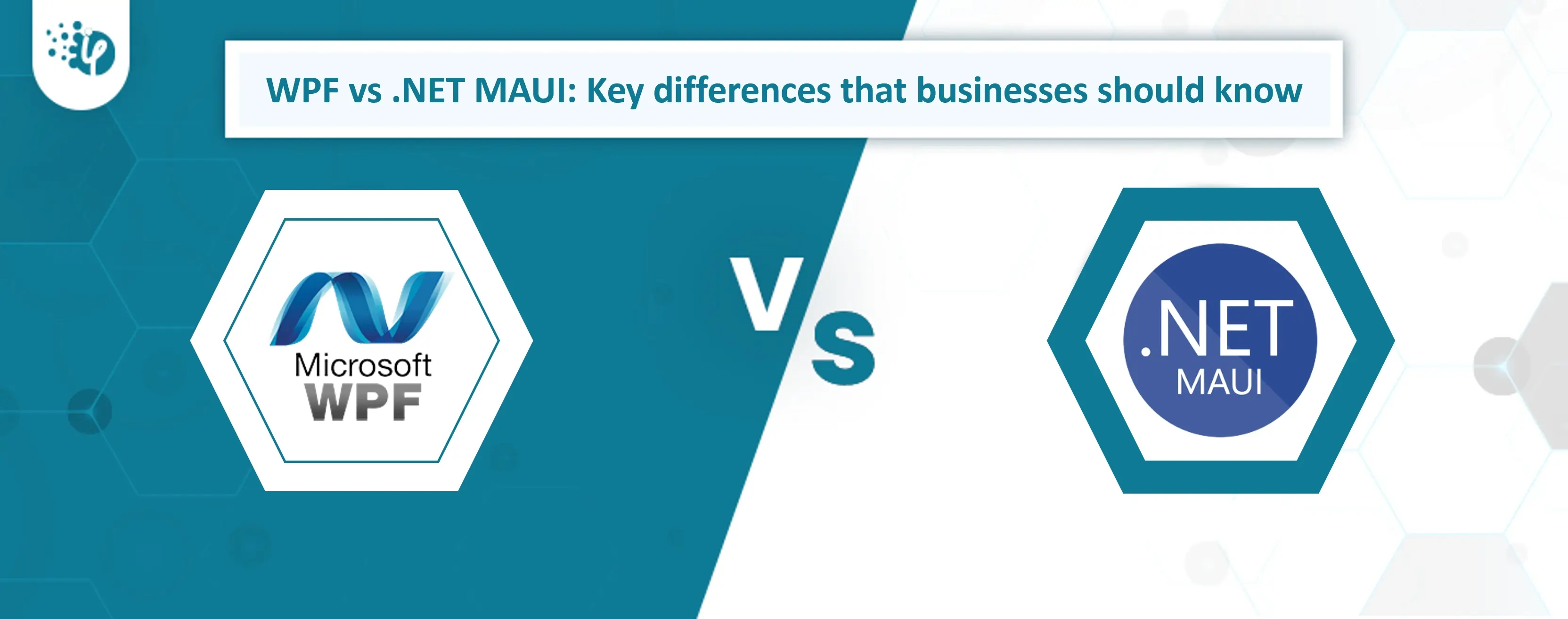Technology is rapidly transforming the insurance industry, but there is one technology that is proving more important than any other, analysed by many Blockchain Solution provider companies
The number of blockchain applications in insurance grows every day, and it is clear that within the next successive years, every major player in the space will be using them in some way.
Insurance current use-case
Though there are many online brokers, people still call insurance brokers to get any policy. In addition, in a digital world we still sign paper contracts that indicate that payments and claims are error-prone and even require human-supervision bringing the risk. Error-prone in the sense that policies may be misinterpreted, claim process take a lot of time.
Insurers spend a lot of money only to detect the frauds that people do by claiming the insurance policy fraudulently. Paper work is always error-prone and sometimes people do it for their own benefit.
Current system needs manual help while smart contracts are self-executing programs that executes when certain conditions meet. No paper work required, reduces the error, makes payment quickly after the claim (if it is valid), checks for the fraud, removes third party, and more. All of this can be achieved by Blockchain!
Insurance with Blockchain
By Blockchain, the process of registration, verification, and execution becomes much easier. Smart contracts are made in such a way that they automatically check what claims are valid, what are not, and only the valid ones are paid which reduces human work as well as increases the potential of payment being done at time.
Fraud is a major problem for insurance companies since high-valued assets can be registered as stolen intentionally, just to get the profit of claiming it. According to McKinsey, an estimated 5% to 10% of all claims are fraudulent. Blockchain can be very much useful to detect frauds as it has a decentralized distributed ledger. As Blockchain has complete information about the customer, such as claims, policies, and the transaction history, it will be easy to prevent duplicate transactions, without the need of any manual check. Many insurers are switching to the Blockchain technology in order to reduce the rates of fraud as well as to get the separate history of each transaction.
KYC (Know your customer) is popular these days that collects all of our information and make it available to every parties like bank, insurers, etc. While bank needs to know financial information and insurers need to know only health data, so sharing of all the information is not a good idea. To overcome this, “shown as needed” model needs to be followed where the data shared with others will automatically diminish and other information will be private.
One Stop Solution for Blockchain Development
- Enquire Today
A Long Finance report submitted by Z/Yen Group indicates that they have created a Blockchain-based prototype to overcome it. Records of customer documents as well as evidence of validation from an issuing authority are kept. In addition, client is given the right to maintain its information and provided the set of keys from which the documents are encrypted. Client can give access to the companies for a limited time when required. This can resolve issues such as data protection and privacy. In addition, client can come up with the appropriate subset of keys to present Blockchain for the next institution to deal with. This institution will need not to do verification again as already issuing authorities have done it, which results in reducing the costs, time-consumed which lacks in today’s KYC.
There are few initiatives taken:
- Safeshare Global – It is the first company in the world that launched a solution for insurance that is Blockchain- based.
- Etherisc - It is leveraging the Ethereum Blockchain to build decentralized insurance applications.
- Everledger - It is an insurtech company - a startup, which is using the Blockchain technology for reducing risks and frauds related to insurance, banks, open marketplaces, and supply chain of diamond. From mines until we get diamond in our hands. It focuses on each stage and makes sure that we are getting the same quality of diamond (without cut out) as it was originated and the interesting fact is they will be focusing next on production of wines.















